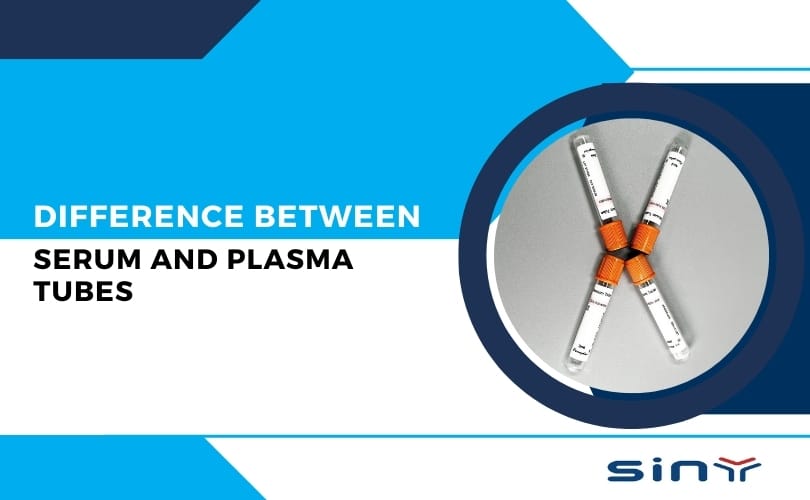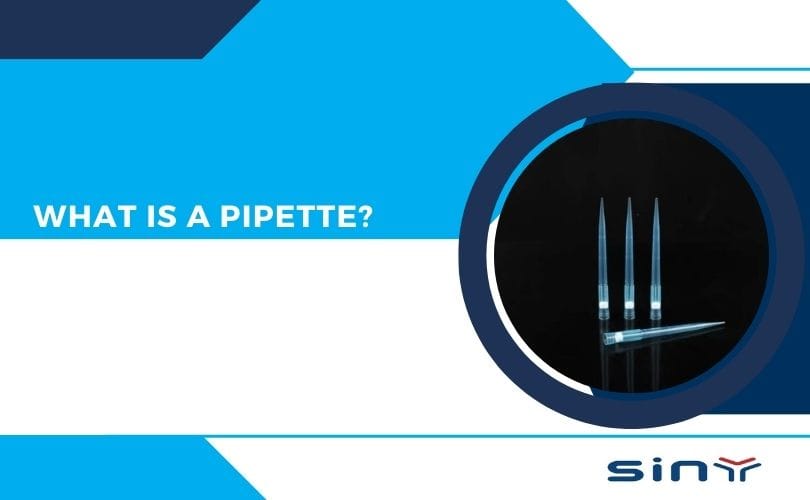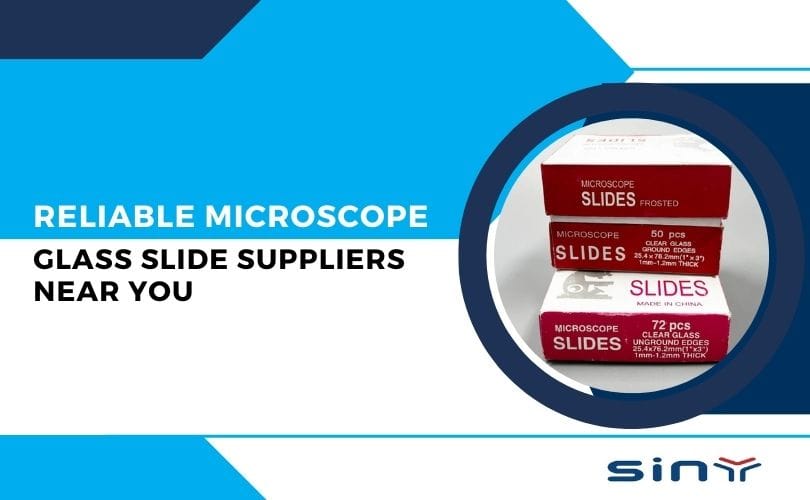The principle of pipettes is based on air displacement. Pressing the plunger or bulb displaces the air inside the pipette. This displacement creates a vacuum inside the tip, drawing liquid into the pipette.
The transfer pipette operates on a straightforward yet ingenious principle: controlled displacement. This principle enables users to draw and dispense specific volumes of liquid with high precision. The pipette’s design ensures it can handle different liquid viscosities and volumes, making it a versatile tool in any laboratory.
Table of Contents
Principles of the Transfer Pipette
The suction range of these micro-splines is between 1-1000, making them suitable for clinical chemistry laboratories. Today, micro-dosing devices are not only more accurate and diverse, such as micro-distributors, multichannel micro-adds-like devices, and their physical principles of the following two kinds:
- The sample is added using air cushioning (also called piston stroke).
- A free air cushion also moves the piston.
- Micro-dosing devices can be applied to various applications based on different principles.

Use of liquid-shift (liquid-transfer device) is recommended:
1. Use the liquid to maintain the correct posture; don’t always hold it. Use the finger hook to relieve hand fatigue; if possible, change hands often.
2. Check the seals periodically and replace them as soon as possible if they are aging or leaking liquid.
3. Inspect the liquid every year (depending on frequency of use).
4. Most of the liquid is transferred to the piston, which is lubricated with oil before and after use;
- Transfer pipette maintenance and daily checks
- Transfer pipette cleaning
You can clean the liquid transfer regularly with SOAP water, 60 isopropyl alcohol, 70% ethanol, and other non-corrosive detergents, then rinse with distilled water and let it dry naturally. Liquid transfer devices should be capable of adapting to high temperatures before they are subjected to high-temperature disinfection.
Types of Transfer Pipettes
Transfer pipettes come in several types, each tailored for particular applications:
Volumetric Pipettes: These universal pipette tips deliver a single, precise volume of liquid after calibration.
Graduated Pipettes: Marked with a series of graduations, these pipettes allow users to measure and transfer different volumes of liquid with flexibility.
Pasteur Pipettes: These pipettes, often made of glass or plastic, commonly handle non-quantitative liquid transfers in microbiology and chemistry labs.
Disposable Pipettes: These pipettes, made from plastic, reduce the risk of cross-contamination in sensitive experiments by being intended for single use.
Applications of Transfer Pipettes in Laboratories
Transfer pipette tips are integral to a wide range of laboratory procedures. In clinical labs, they prepare samples and reagents. In research settings, they facilitate precise measurements in experiments involving chemical reactions, biological assays, and molecular biology techniques.


The Working Transfer Pipette
A Transfer Pipette uses a piston to suction the liquid and discharge it through telescopic movements of the spring. The piston pushes out the air, uses atmospheric pressure to inhale the liquid, and then pushes out the air from the liquid.
Transfer Pipettes in Clinical Diagnostics
In clinical diagnostics, transfer pipettes are used for tasks such as:
- Sample Preparation: Accurate blood, serum, or plasma sample measurement for diagnostic tests.
- Reagent Preparation: Mixing reagents in precise proportions for assays.
- Microbiology: Transferring bacterial cultures and preparing dilutions.
Final Summary
The transfer pipette’s basic principle, rooted in controlled displacement, has paved the way for numerous advancements in scientific research and clinical diagnostics. By understanding the nuances of its operation, calibration, and application, laboratories can harness its full potential to achieve precise and accurate liquid handling.
With its basic yet powerful principle of controlled displacement, the transfer pipette remains a cornerstone of liquid handling in laboratories. Its evolution from simple glass tubes to sophisticated digital devices highlights its enduring importance and adaptability.
FAQs: Transfer Pipettes
Can you use transfer pipettes for viscous liquids?
Yes, you can use transfer pipettes for viscous liquids, though you may need special techniques and slower aspiration to ensure accuracy.
What is the difference between single-use and reusable pipettes?
Sinymedical manufacturers design single-use pipettes for one-time use to prevent contamination. They make reusable pipettes from durable materials and sterilize them for repeated use.
Are automated pipettes more accurate than manual ones?
Automated pipettes often provide greater accuracy and consistency by minimizing user-related errors, although the proper technique can also achieve high accuracy with manual pipettes.
How do electronic pipettes improve laboratory workflows?
Electronic pipettes improve workflows by offering programmable volume settings, reducing manual labor, and providing digital records that enhance traceability and compliance.



























































